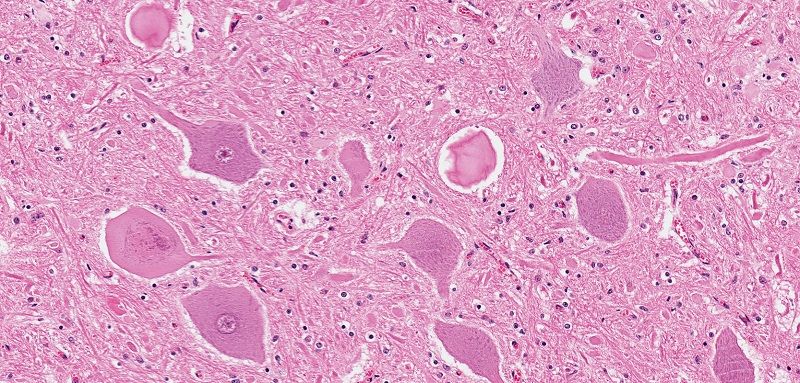Feb 19, 2019
A New Species Of Psychedelic Lichen Found To Contain Psilocybin & DMT
Posted by Quinn Sena in category: biological
A newly discovered species of lichen from Ecuador that contains both tryptamine and psilocybin has recently been discovered, dispelling the belief that the infamous ‘magic mushrooms’ are the only plant species containing this hallucinogenic compound.
Lichens are of particular interest to biologists because of their symbiotic relationship between algae and fungi. The fungus creates the network that sustains, hydrates, and protects the algae, which in turn generates the sugars necessary to feed it through photosynthesis. While they both exhibit plant-like characteristics, neither are actually plants — they are composite organisms. This makes the psychedelic lichen even more intriguing.
Continue reading “A New Species Of Psychedelic Lichen Found To Contain Psilocybin & DMT” »

















